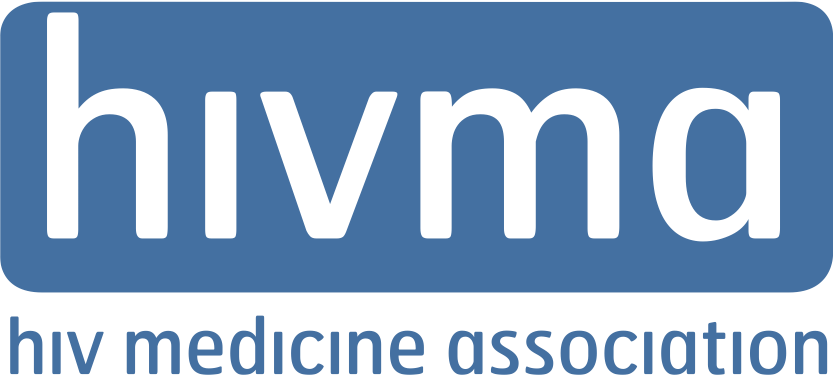HIV Providers Call for Policy Reforms to End HIV as an Epidemic
In a policy paper published today in Clinical Infectious Diseases, IDSA and HIVMA say that while barriers to ending the HIV epidemic are significant, the goal could be within reach with broad-based policy reforms at the federal, state and local levels.
Since 2019, the HIV community has been guided by a vision of ending the HIV epidemic in the United States. The effort aims to reduce new HIV infections by 90% by 2030 and is achievable because of the highly effective tools available to prevent and treat HIV. However, persistent health care disparities in the U.S. that have been compounded by the COVID-19 pandemic leave this vision as aspirational in the absence of significant policy reforms.
The policy paper, “Principles for Ending HIV as an Epidemic in the United States: A Policy Paper of IDSA and HIVMA,” outlines 10 policy principles with detailed recommendations for reforms that would promote universal access to health care, address the social determinants of health, and put an end to the stigma and discrimination experienced by populations heavily impacted by HIV. In addition, the paper recommends policies to foster a robust, expert HIV and infectious diseases workforce that reflects the populations most heavily impacted by HIV in the U.S.
If embraced, these policy reforms could make ending the HIV epidemic in the U.S. possible and have a far-reaching impact on people with HIV and the health of our nation.


